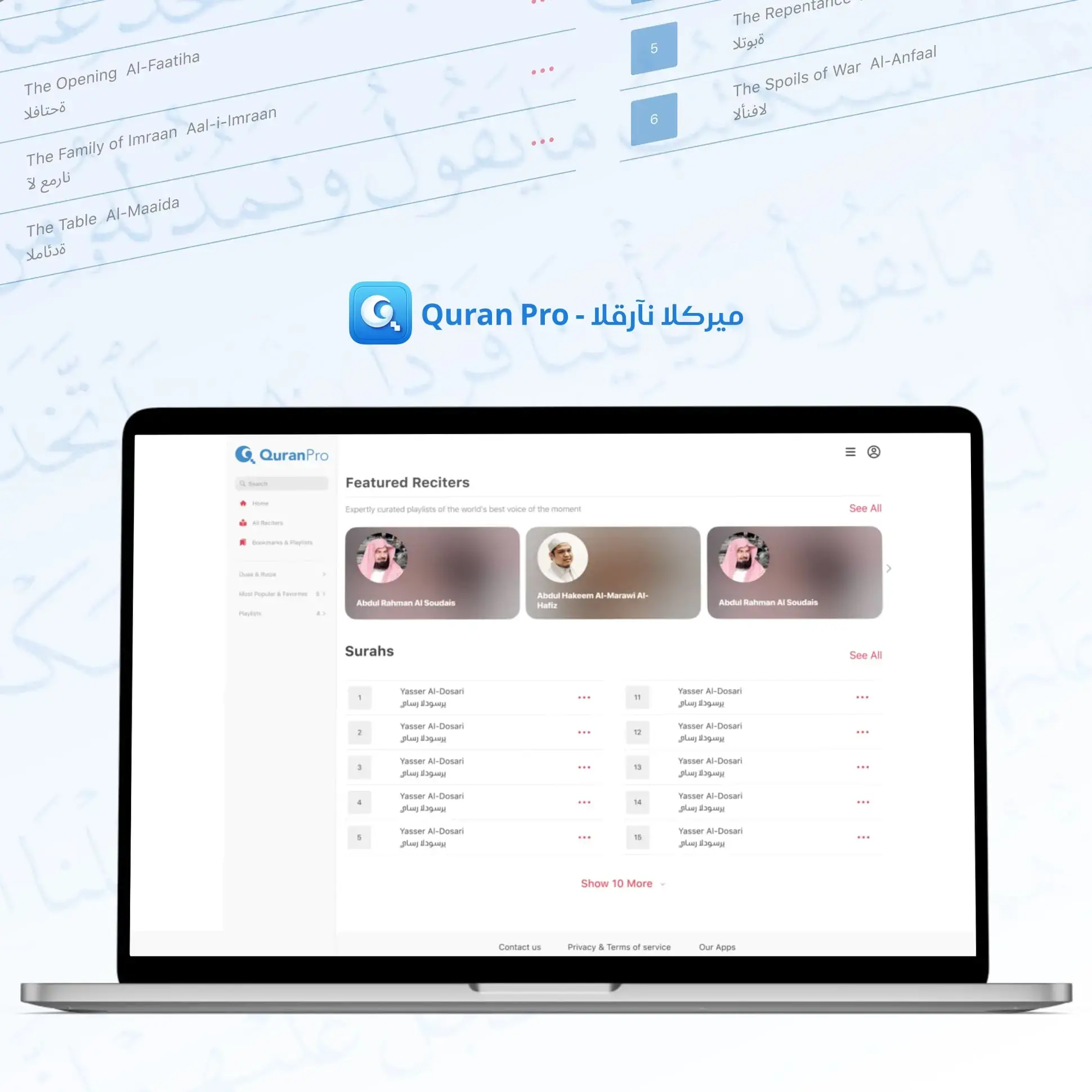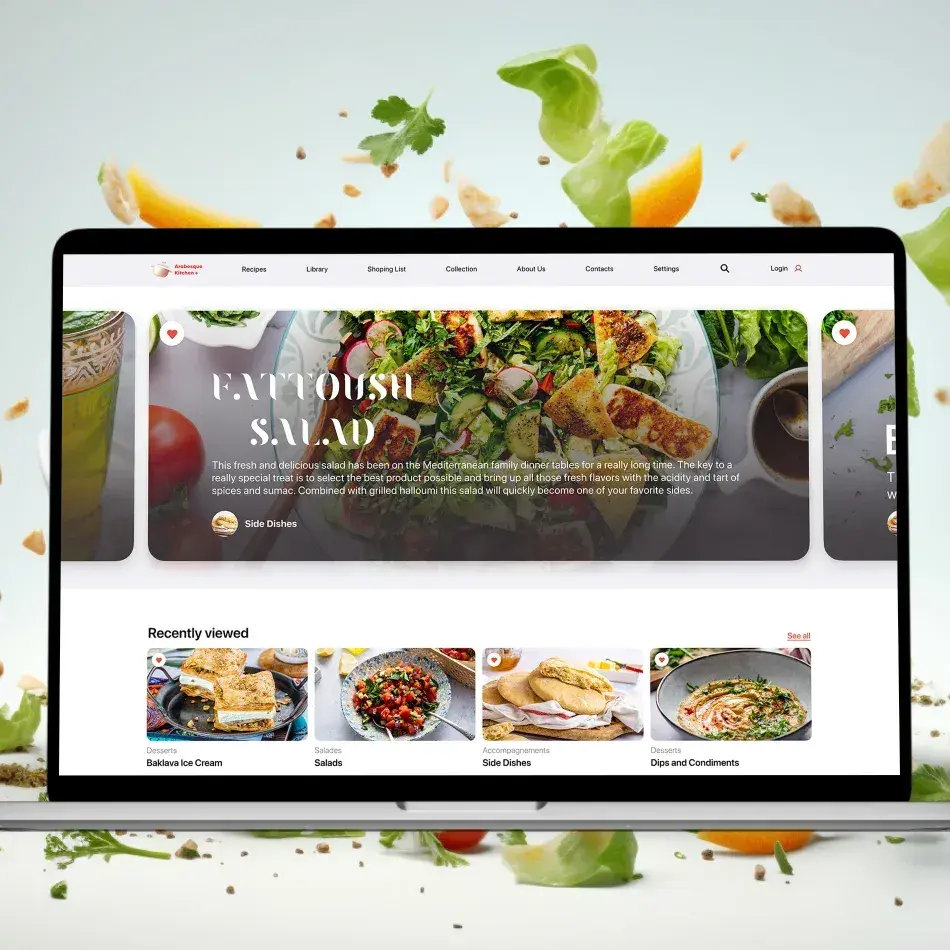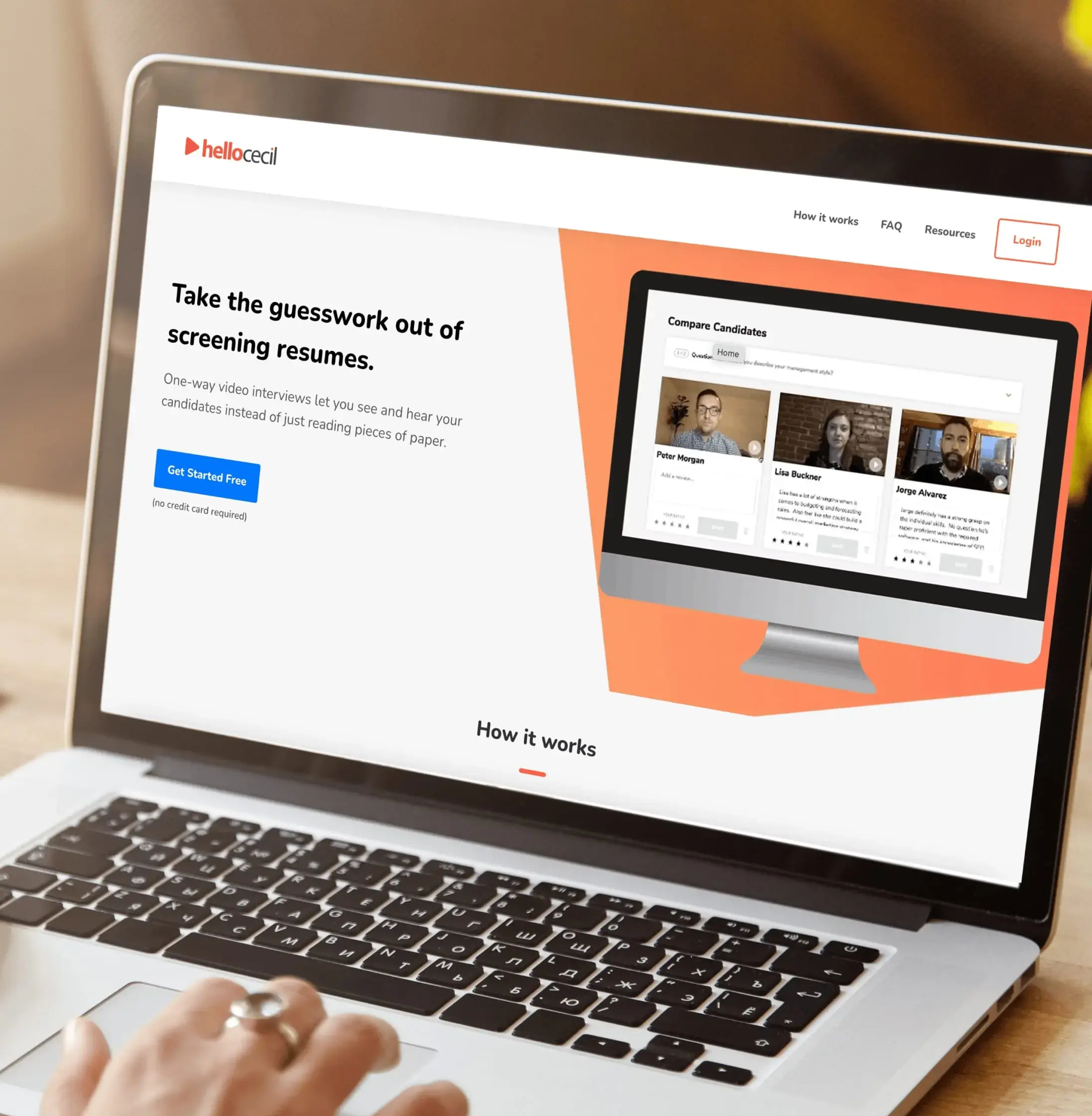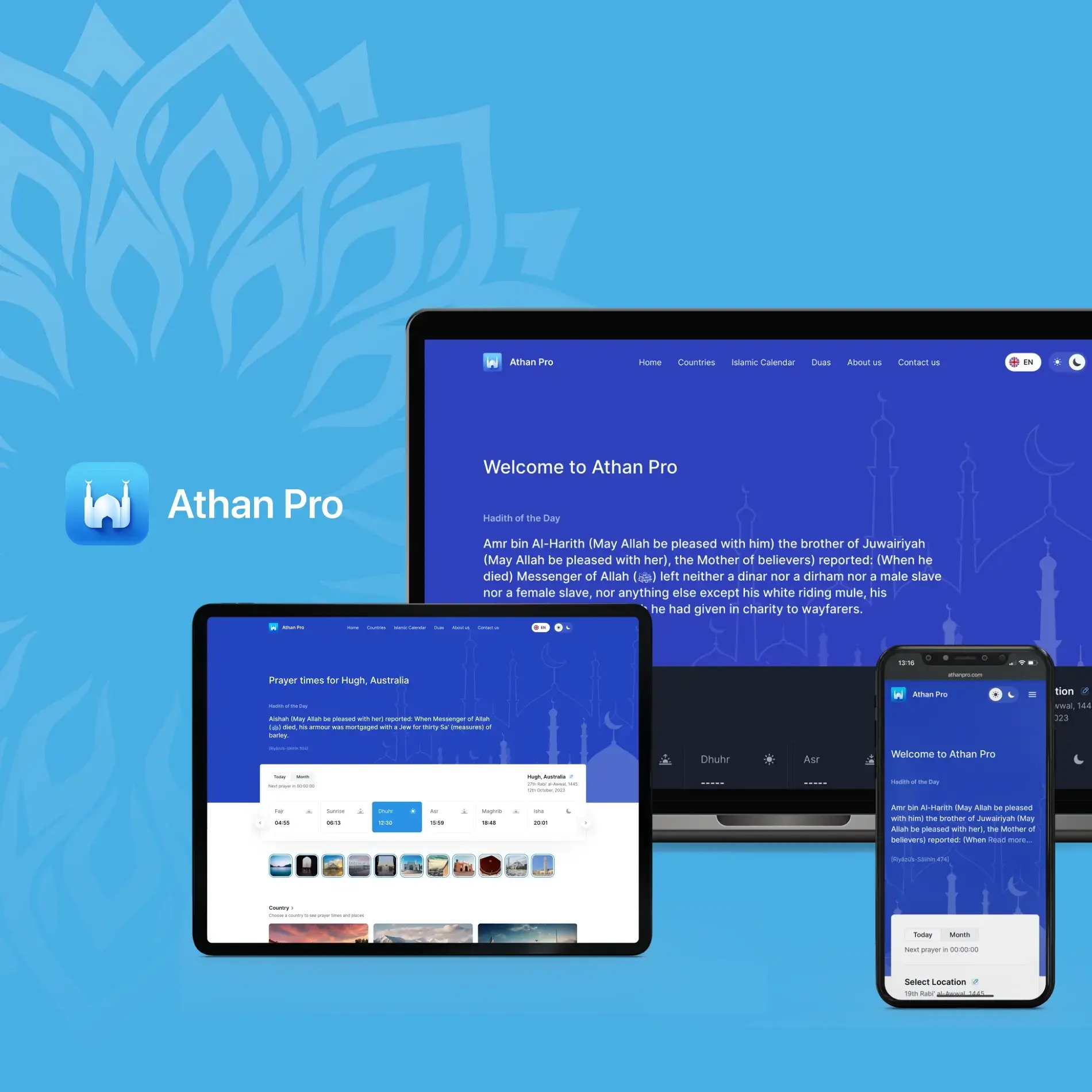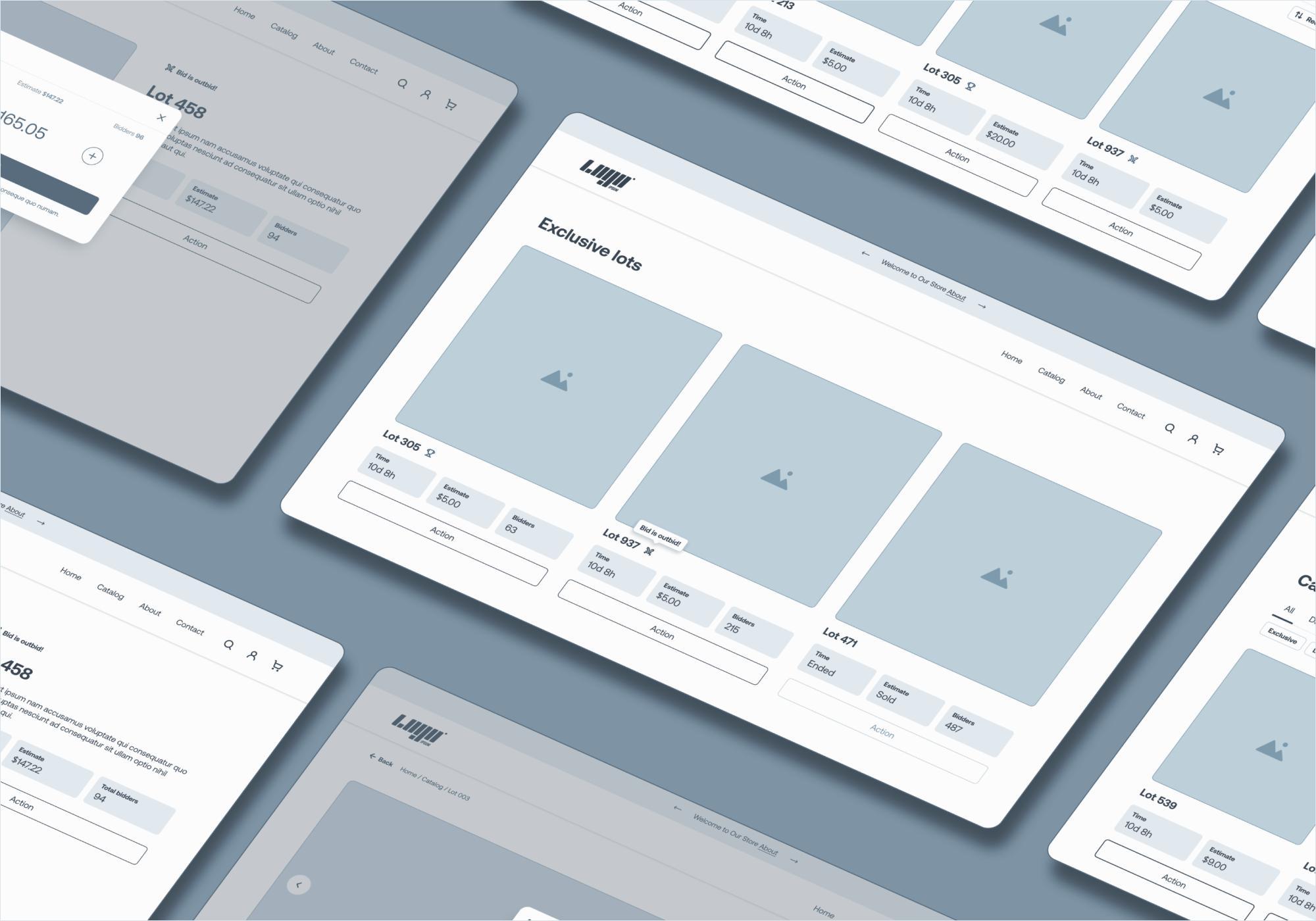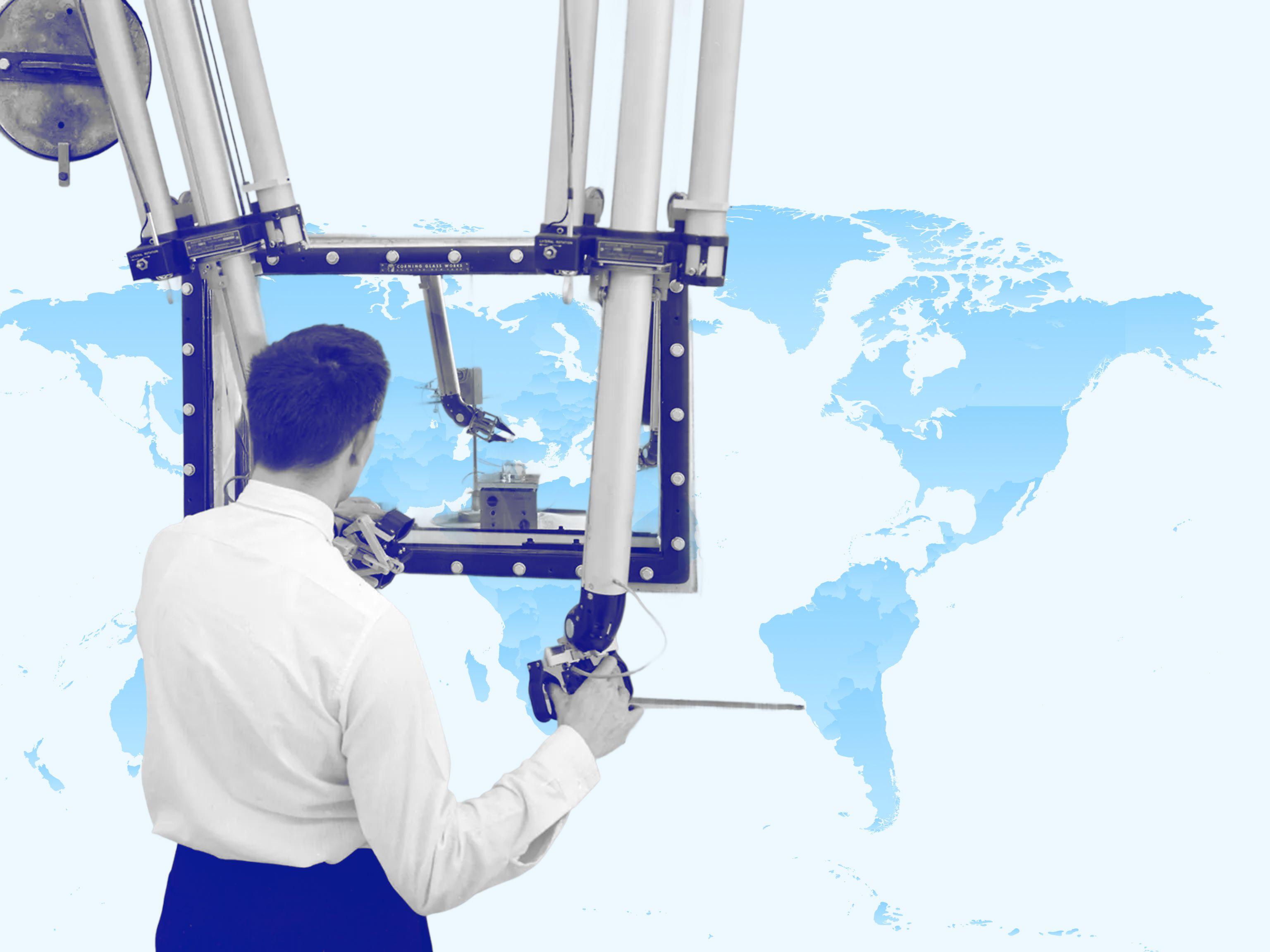
- Project Estimation
- Project Management
How Much Does It Cost to Make a Fitness App? Full Guide
Many companies seek to strike gold with fitness app development, but how much does such a project cost, and how to approach it? Find out with JetBase.
September 19, 2024 | Updated on November 24, 2025 | 10 min

Sergei Skirev
CTO at JetBase
Table of Contents
- What Influences the Cost of Developing a Fitness App?
- Real-World Fitness App Development Costs: Case Studies
- Fitness App Development Cost Breakdown
- How to Optimize Your Fitness App Development Timeline
- Starting Your Own Fitness App on a Budget
- The Fitness App Development Process with JetBase
- Long-Term Costs of Managing a Fitness App
- Monetization Strategies for Fitness Apps
- Make Your Own Fitness App with JetBase
Our Cases
Innovation isn’t just about ideas - it’s about execution, turning vision into reality, and creating solutions that truly make an impact. See what we’ve built and how it works:
- HealthCare
- Media & Entertainment
- eCommerce
- Amazon Web Services
- Cloud Cost Optimization
- Serverless Application
- Retail
- HealthCare
- Media & Entertainment
- eCommerce
- Amazon Web Services
- Cloud Cost Optimization
- Serverless Application
- Retail


